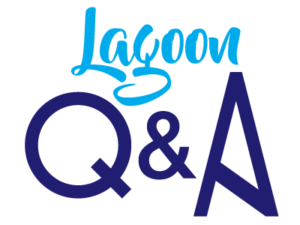People Asked: Q & A
Click on the items below to find many Q & As under each heading. This is a great place to get the facts and get informed.
Muck is the result of human impact on the Indian River Lagoon. As human population and development has grown, freshwater runoff into the lagoon has also increased, carrying with it land-based sources of nutrients and pollutants. This runoff includes soil from erosion and organic debris from sod, grass clippings, leaves and other vegetation. Decomposing algae blooms also accumulate in muck. All of these sources over time contribute to muck which now covers an estimated 15,900 acres of the lagoon bottom in Brevard County.
Muck removal is the only project in the Save Our Lagoon Project Plan that is designed to remove many decades of accumulated pollutants from the lagoon. The plan focuses on dredging large deposits of muck in big, open water sites within the lagoon. The goal of removing the muck is to reduce the amount of nitrogen and phosphorus that would be released from the muck if it were to stay in the lagoon. Muck removal is expensive so projects are prioritized based on the potential for water quality improvement versus estimated removal cost.

HAVE A QUESTION?
Get Connected with us.
Want to help? Join up.
ASK YOUR QUESTIONS HERE.





